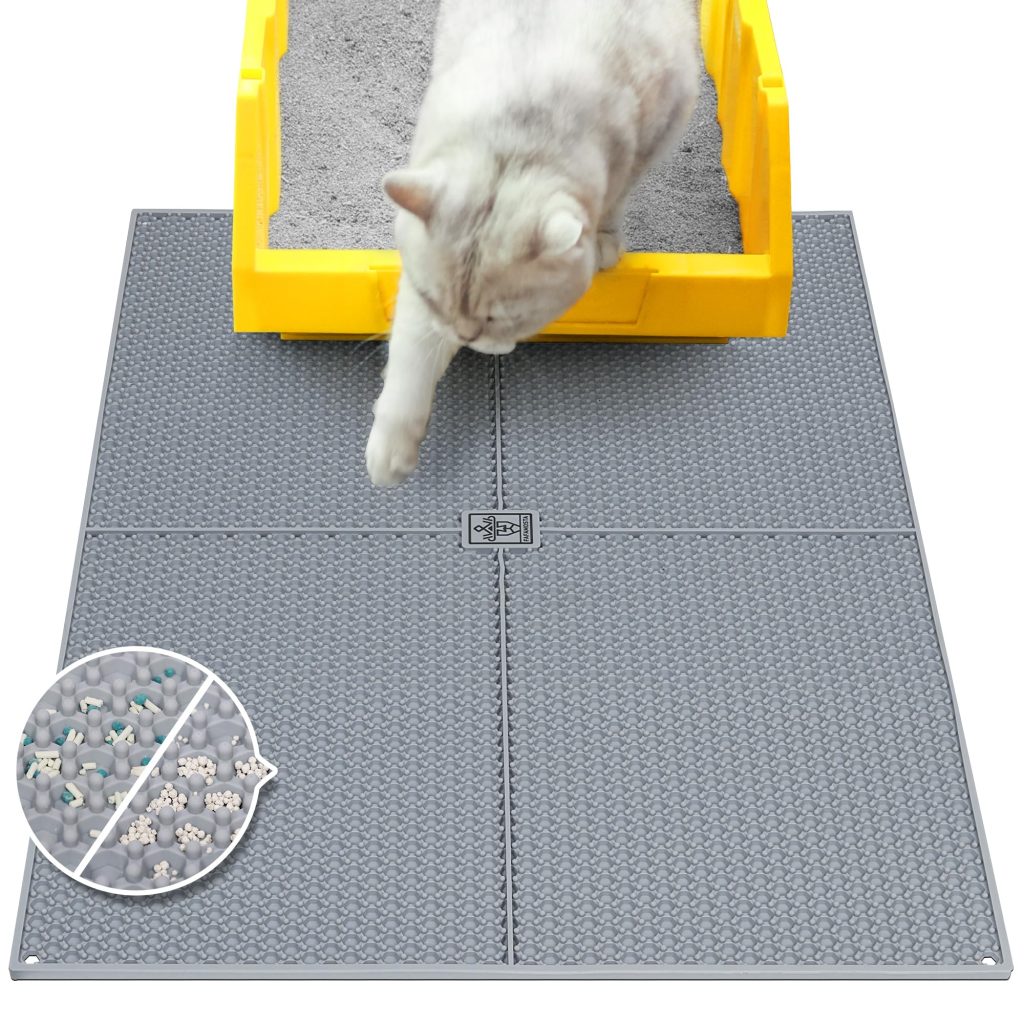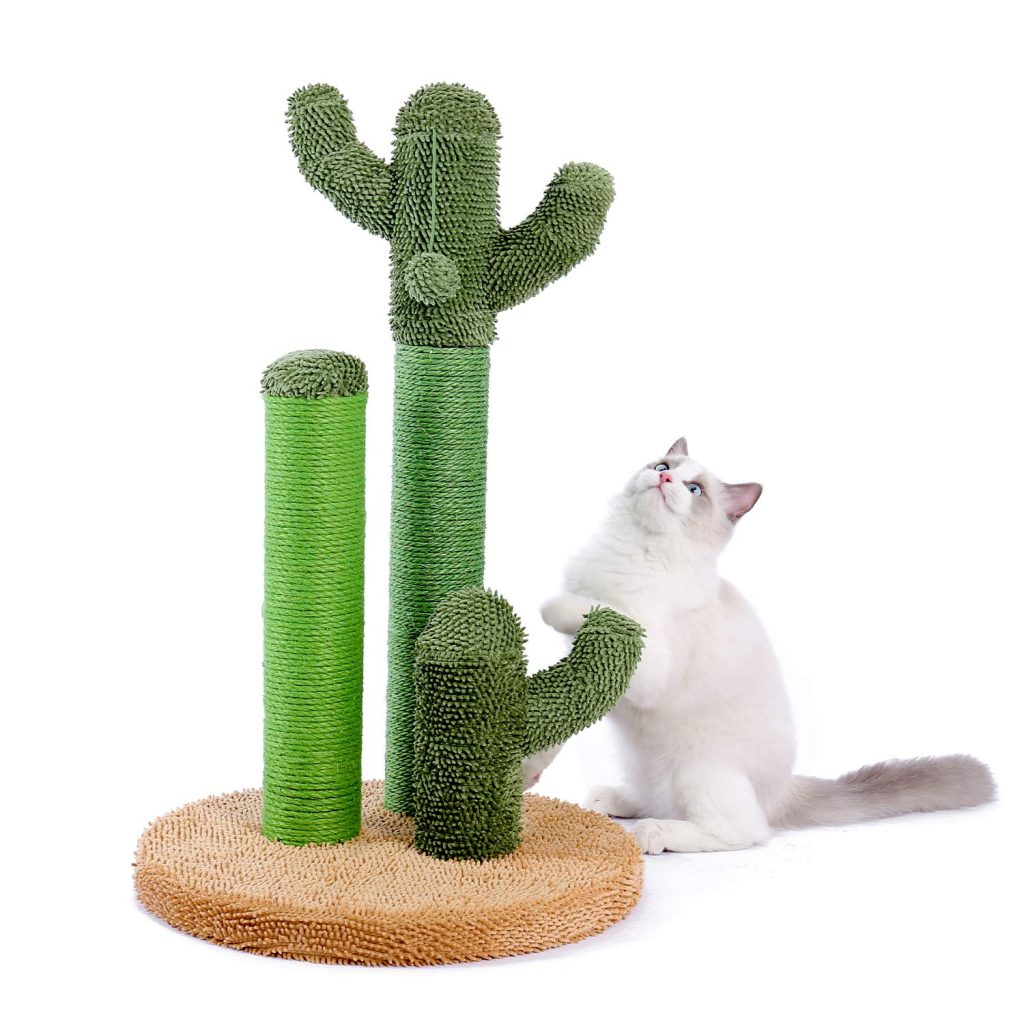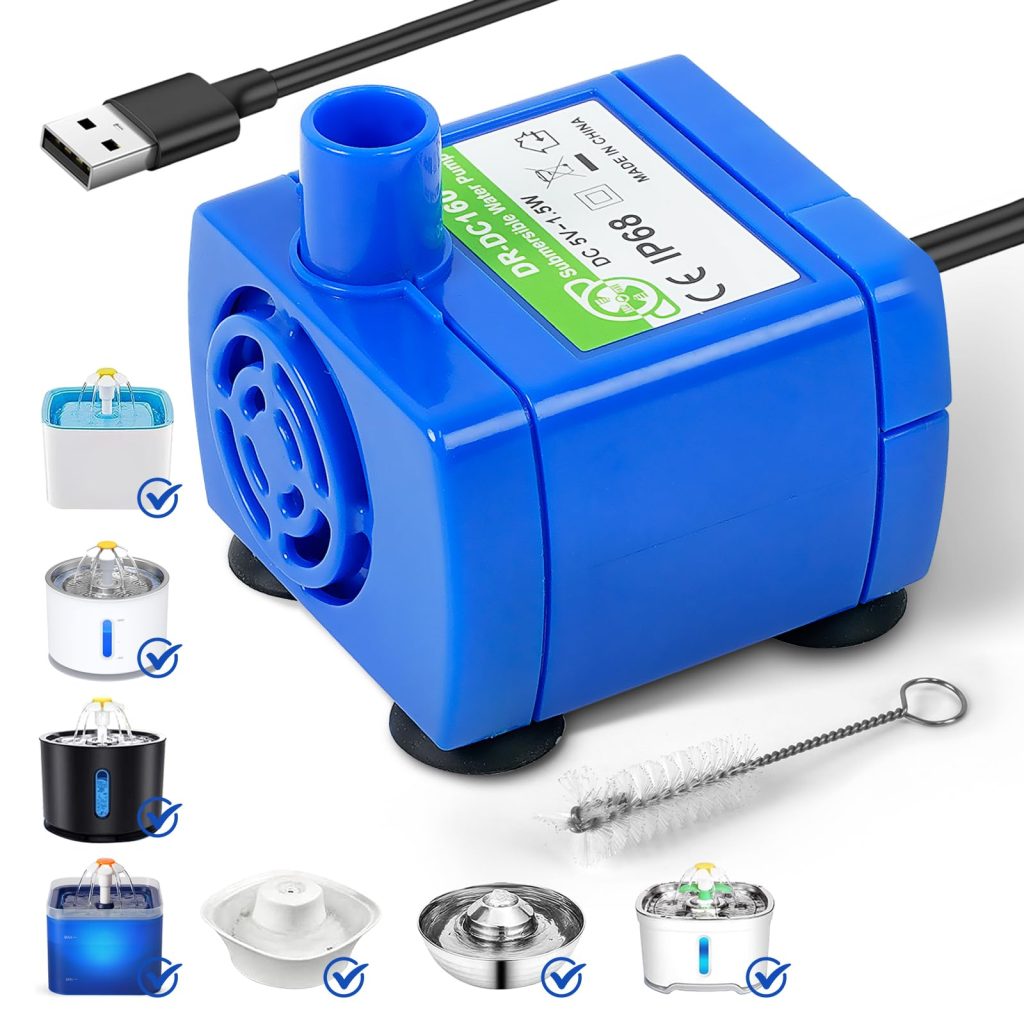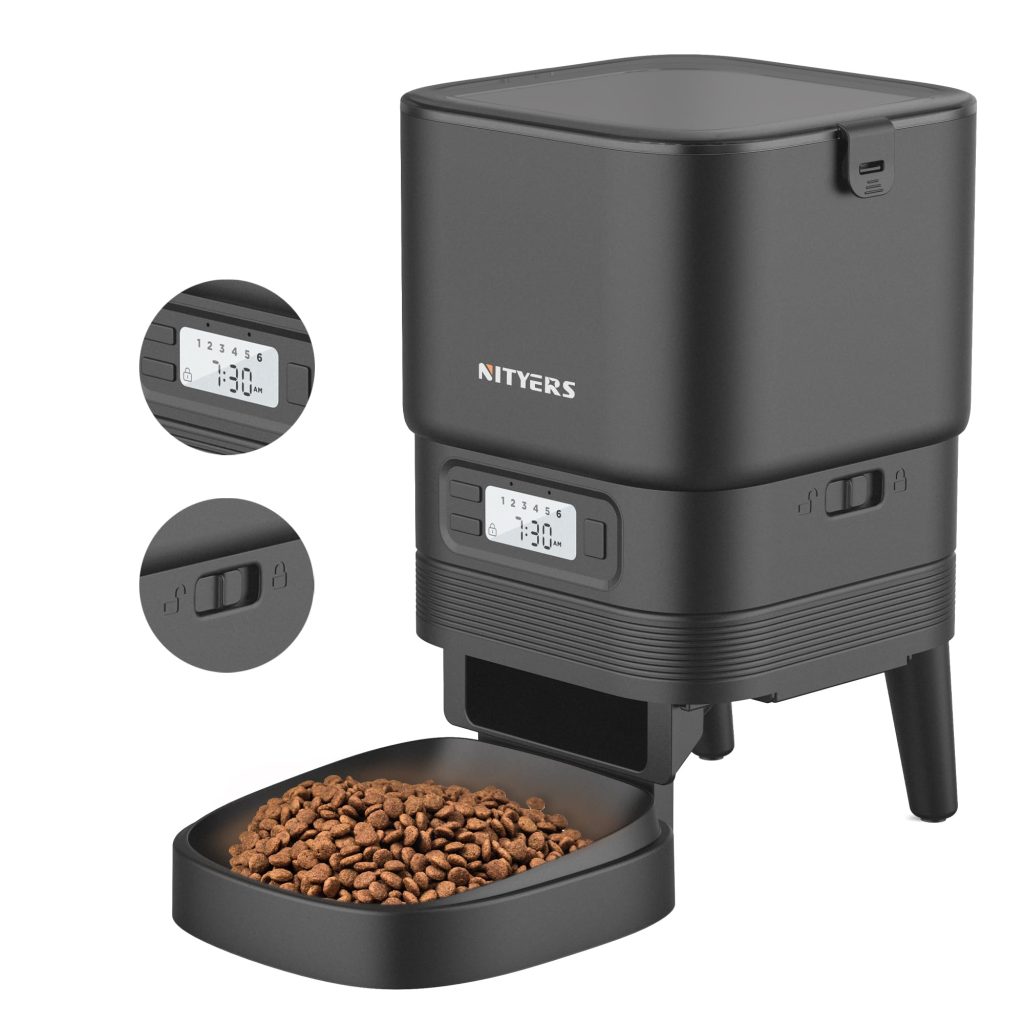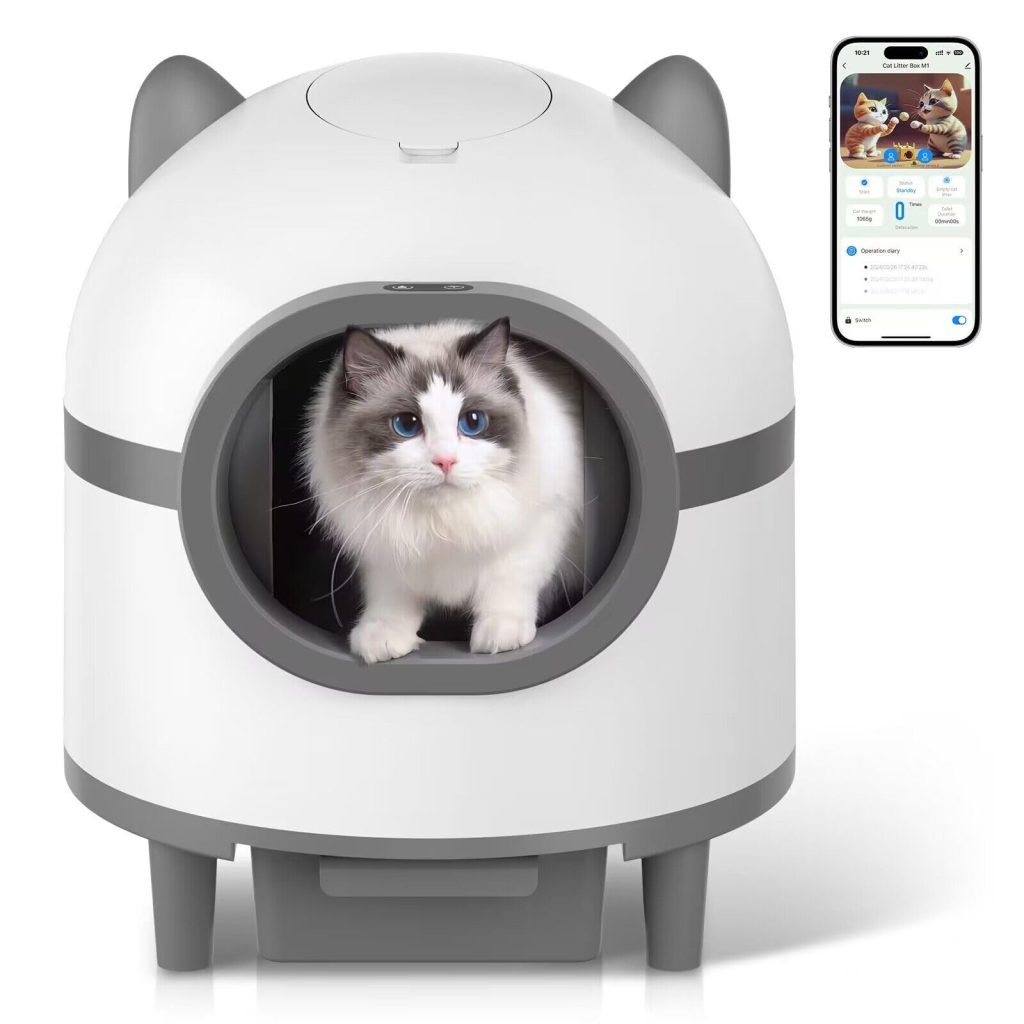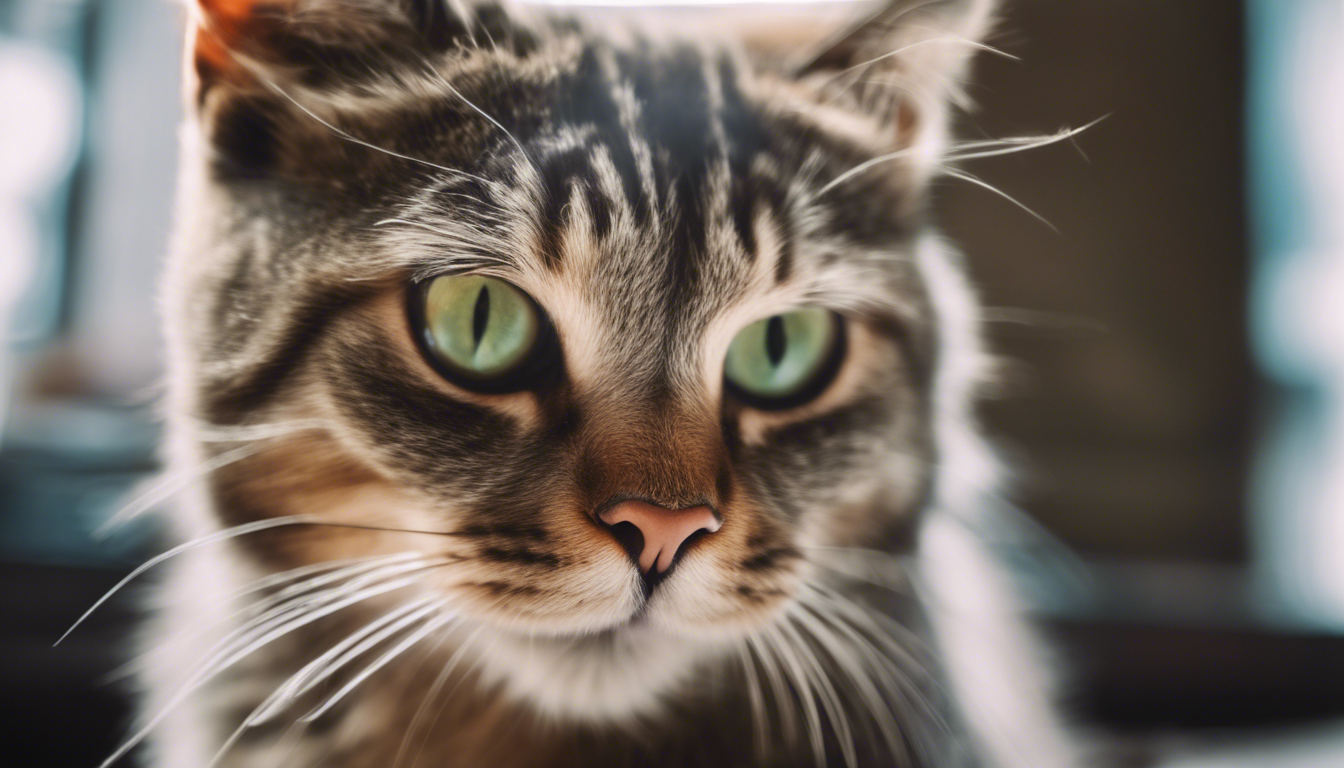
Understanding the Basic Cat Noises
Cats are known for their mysterious and enigmatic behaviors, but one of the clearest ways they communicate with us is through their vocalizations. Understanding the basic cat noises can greatly improve the bond between a cat and its owner, as well as aid in training and addressing behavioral issues. Cats make a variety of sounds, each with its own meaning and purpose. The most well-known sound is the meow, which can vary in pitch, length, and volume, and is used primarily to communicate with humans. Cats also purr, a sound that’s often associated with contentment and relaxation, but can also indicate pain or distress.
Beyond meows and purrs, cats also hiss, growl, and yowl. A hiss is typically a warning sign indicating fear, aggression, or territoriality. Growling can also signal aggression or discomfort. Yowling is a longer, more drawn-out sound that can indicate anything from mating calls to loneliness or distress. It is important to pay attention to the context in which these sounds are made to fully understand their meaning.
By recognizing these basic cat noises and the situations in which they occur, owners can better interpret their feline friend’s needs and emotions. This can lead to a more harmonious living situation and a stronger bond between cat and owner.
Identifying Common Meow Patterns
As cat owners become more attuned to their furry friend’s vocalizations, they may start to notice patterns in their meows. Some of these patterns can be quite indicative of what the cat is trying to communicate. For instance, a short, high-pitched meow often signifies a friendly greeting or a request for attention. In contrast, a longer, more drawn-out meow can indicate more urgent requests such as hunger or wanting to be let outside.
It is also not uncommon for cats to develop a series of meows that only their owner will understand. A cat might, for example, have a specific meow for when it wants to play, and another, distinctly different meow for when it’s seeking out some cuddle time. Understanding these patterns can also help in training your cat; for instance, if you consistently respond to a certain meow with a particular action, your cat will learn to associate that sound with that response.
Cats are also known to communicate through variation in the number of meows. A single meow can simply be an acknowledgement, while multiple meows may indicate excitement or happiness. Quick successions of meows could be an impromptu way of leading their owner to something, like an empty food bowl or a favorite toy hidden under the couch.
On top of recognizing these patterns, feline communication also heavily relies on understanding the tones in which these meows are presented. An urgent tone might suggest immediate need or distress, while a softer tone indicates a more relaxed and content state. By tuning into these nuances, owners can accurately gauge their cat’s emotional state and needs.
Overall, being mindful of your cat’s meow patterns and the tone used can considerably enrich the level of communication between you and your cat. This not only strengthens the bond but on a practical level, helps in swiftly identifying and responding to your cat’s needs, whether it’s hunger, playtime, or just some extra affection.
The Meaning Behind Different Meow Tones
Cats possess a vast repertoire of vocal cues, and the tone of a meow can offer revealing insights into your cat’s mental state or intentions. A high-pitched meow often signifies friendliness or a plea for attention, whilst a low-pitched, almost growl-like meow could suggest annoyance or irritation. An urgent, loud meow may indicate immediate need or distress, utilised by cats to convey hunger, discomfort, or the desire to be let out.
Soft, murmuring meows are often a sign of contentment and can usually be heard when a cat is being petted or is ready for some cuddle time. Conversely, a sharp, abrupt meow might be an expression of surprise or a mild protest – for instance, if you accidentally step on your cat’s tail.
In addition to the volume and pitch, it is also essential to consider the duration and frequency of the meow. A prolonged meow may reveal desperation or loneliness and could be a request for prolonged attention. On the other hand, repetitive quick meows may express excitement – such as when you arrive home after being away all day.
By closely observing the different nuances of your cat’s meows and what they correlate with, you can develop a deeper understanding of its emotions and needs. This way, you can respond more appropriately to its communications, fostering a stronger relationship and ensuring your cat feels heard and understood.
- High-pitched meow: friendliness or request for attention
- Low pitched growl-like meow: annoyance or irritation
- Loud urgent meow: immediate need or distress
- Soft murmuring meow: contentment
- Sharp abrupt meow: surprise or mild protest
- Long-drawn-out meow: desperation or loneliness
- Repetitive quick meows: excitement or happiness
Tuning into these subtleties isn’t just about deciphering what your cat is trying to say – the way we respond to these vocalizations can also impact our relationship with them. By accurately interpreting and acting upon the different tones of meows, you can enhance communication with your feline companion and better meet their emotional and physical needs.
Responding to Your Cat’s Vocalizations
Responding to your cat’s vocalizations involves both understanding their communicative intent and taking the appropriate action. If you hear a high-pitched, quick meow, your cat might be saying “hello” or asking for your attention. It is usually a good idea to acknowledge it with a soft word or a gentle pet.
When faced with an urgent, loud meow, such as the one that signifies distress or an immediate need, it’s important to swiftly check on your cat’s well-being. They may be hungry, in pain, or wanting to go outside. Attending to these needs promptly will not only comfort your cat but also reinforce your bond.
If you notice a soft, murmuring meow while cuddling or petting your cat, they’re likely expressing contentment. Continuing to provide gentle strokes will show that you understand and appreciate their communication.
In contrast, a growl-like, low-pitched meow suggests annoyance or irritation. In this case, it is best to give your cat some space and approach them later when they are in a more receptive mood.
A sharp, abrupt meow might warrant a quick check to ensure you haven’t inadvertently caused discomfort. If your cat expresses surprise or mild protest, pause whatever you’re doing and make sure they are comfortable before proceeding.
If your cat is exhibiting prolonged meowing or seems excessively vocal, it could signal loneliness or a desire for more attention. Setting aside time for interactive play or quiet companionship can address these feelings of isolation.
For cats that show excitement through repetitive quick meows upon your return home, engage with them through playtime or start their feeding routine. This positive reinforcement can turn into a joyful ritual for both of you.
As with any aspect of pet ownership, building a responsive relationship with your cat based on their vocalizations takes time and patience. It also involves consistency; the more routinely you respond correctly to your cat’s communication, the stronger the mutual understanding becomes. Through careful observation and thoughtful reaction to the vocal cues your cat provides, you cultivate a nurturing environment where both feline and human thrive.
